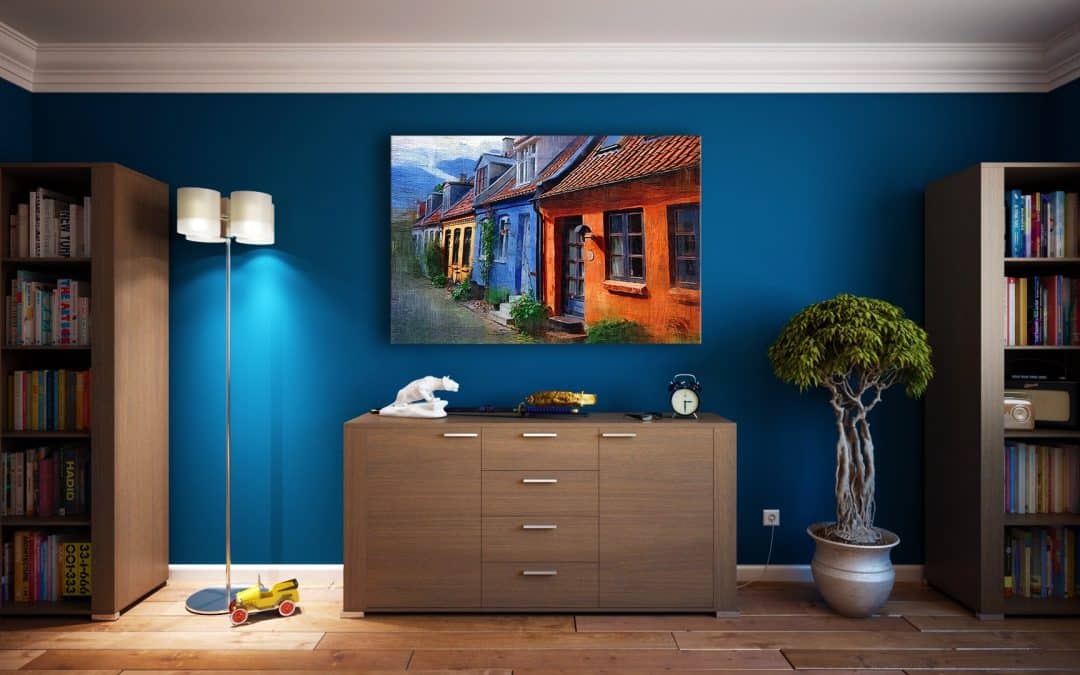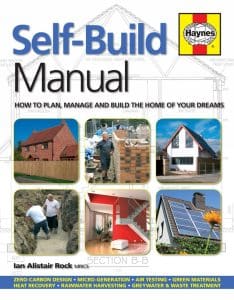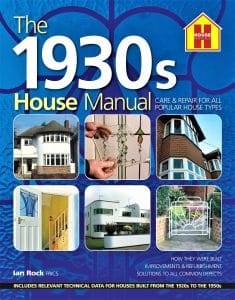Property Tips by Chartered Surveyor Ian Rock FRICS – from the Haynes House Manual series
How to get the best price for your property
In the current slow housing market, buyers hold most of the cards. So what we’re finding is that to get the best price for their properties sellers are having to work a little harder.
But there’s a very fact that, once you’ve grasped it, can open the door to achieving the best possible outcome. The truth is, a lot of buyers buy with their emotions, not with their heads. And their emotions can be easily swayed by all kinds of relatively minor things. Get these right, and you can earn yourself a sale.
Messy houses sell for less
Before inviting potential buyers to come trooping through your living room and passing judgement on your taste in décor, it’s essential to take a little time to smarten things up.
There’s a lot you can do without spending much money – as little as a few hundred pounds well spent can repay itself tenfold.
The first rule is to keep it simple. A few hours spent de-cluttering is the easiest and cheapest way to transform your home, making it appear more spacious and therefore more valuable. Be ruthless. Throw out all those half-dead plants and old magazines you never got round to reading.
Be minimalist. The fewer items you have cluttering up your house, the bigger and more appealing it will look.
So clear away bits of old timber and boxes you’ve kept in case they might come in useful. Donate to charity all those clothes that are two sizes too small and crowding out your wardrobe. Say goodbye to the old Sammy Snake draught excluder that everyone trips over.
The No. 1 turn-off for many viewers is …….doggy smells. So introduce a fragrant blast of fresh air, get hoovering and chuck out old mats and beer-stained carpets. This is probably the easiest several thousand pounds that you will ever make. Getting busy with spray and duster can make all the difference.
Cosmetic surgery
It’s sometimes said that half of all potential buyers have decided whether or not to buy a property before they reach the front door.
Most of the other half probably decide within the first five minutes.
So, in order to achieve your home’s market potential pay particular attention to the hall, which is where buyers get their first and last impressions, and to the main reception room or kitchen/diner, where most time will be spent when negotiating. If your entrance looks tired and the paint is peeling, give it a fresh lick of paint or varnish.
Simple cosmetic improvements are the most worthwhile. A freshly painted front door, front wall or railings can really make a difference. Corroded old letterboxes and door furniture are cheap to replace. Doors that stick or creak make a bad impression and should be adjusted. Decaying timbers to windows and fascias can be overhauled and painted.
First impressions count very much. Sorting out smelly bins, rusty bikes, messy gardens or a broken gate can make a real difference to how a house is perceived and remembered by a prospective buyer. Weedy driveways can be disguised with neat gravel and a few judiciously placed shrubs in pots can work wonders.
Internally, after tidying up the next best way to make a residence highly desirable is to spend a little time with brush and roller. The masters of effectively presenting properties for sale are the big, corporate, house builders, whose businesses live or die according to how successfully their products appeal to buyers.
And newly constructed homes are routinely finished with industrial quantities of magnolia emulsion. By taking a leaf out of Barrett Homes’ book, and swapping dark colours for neutral tones, formerly cramped rooms can be made to take on surprisingly grand proportions.
With the walls nicely spick and span, a fresh bright coat of matt white on the ceiling (preferably applied to a smooth skim plaster finish) will boost the amount of natural light reflected.
Easy Updating
What if your bathroom and kitchen are looking a bit ‘1970s’? Surely it would be a good idea to refit them? Well, yes…and no. As a general rule, it’s only worth spending serious money on stuff that you can take with you. On the other hand, nice new fittings can add some ‘wow factor’.
The problem is, the cost of such big improvements would need to be added to your asking price. And it’s sod’s law that your potential buyer’s taste in styles of kitchen will be totally different from yours. It’s not unknown for new owners to rip out perfectly good, freshly fitted kitchen units and chuck them into a skip.
Bathrooms are cheaper than kitchens to refit – buying a standard new suite can cost less than £700. But then it’s all the associated works such as tiling and flooring that can really bump up the cost.
Labour is a major part of the cost, so you can make a useful contribution if you’re DIY-confident. On the other hand, if you’re not the world’s greatest wall tiler, now is not the time to experiment – a rushed job will show.
Big Potatoes
But where should you draw the line? Carrying out major works just to help sell a property is rarely advisable. Obviously you can add value with loft conversions and extensions, especially in a rising market, but you could end up pushing your asking price over a stamp duty threshold. Better to promote the property’s potential for enlargement instead.
On the other hand the property’s fundamentals must be right – no one is going to be impressed by a Perrin & Rowe bathroom suite if the roof’s leaking.
Top of the Chain
Similar rules apply when you’re selling a property that isn’t your home, such as a buy-to-let investment, or if you’re selling a bungalow for an aged parent. This gives you the huge advantage of being at the ‘top of the chain’ – which automatically confers negotiating clout – but bear in mind that holding out for a high price isn’t always a shrewd move.
A property that lies empty for months on end in a flat or declining market costs money, not just in lost rent, but because of the interest it could otherwise be clocking up in a savings account; plus chilly, bare, empty houses are usually less appealing to purchasers than a warm, nicely decorated home.
If a property is seriously shabby, confronting the situation head-on can be a good alternative. A drawback can be turned into a virtue, by aiming at a slightly different market.
Advertising a property as ‘with scope for updating – would suit DIY enthusiast’ can be a very attractive proposition in a buoyant market.
Ian Rock’s Rightsurvey property tips are taken from the Haynes House Manual series.







